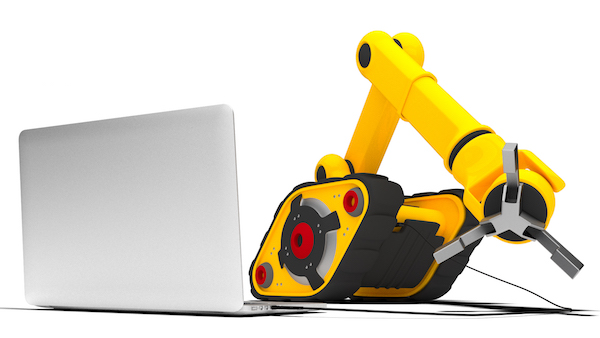
Flynn’s robot LOT, for real.

Robot’s are awesome. I have had a Roomba for years. That’s an example of a robot that does specific tasks. But what about all the other repetitive tasks that occur every day? Washing and putting dishes away, making the bed, doing laundry, making breakfast and coffee. I’d like to reduce the amount repetitive tasks that occur daily so I can spend more time working on experiments and going on adventures.
Flynn’s robot, LOT (Logic On Treads), is something like Tony Starks robot. It’s helpful. LOT can do repetitive tasks so that Flynn doesn’t have to. LOT can also help Flynn by being an extra hand. Plus, when Flynn is making things that need to be precise, it’s nice to have a precise instrument around, like LOT’s robot arm.
The kind of robot I need is something like LOT. A somewhat universal robot that can help with more than a single task. Rather than just a vacuum robot (which is great), the robot I am building needs to do much more. I’ve been thinking about this for a long time and I think Flynn got it right with LOT. The basic structure I need is a mobile robot arm that can respond to basic input and preferably, verbal input.
Making a robot will take time. I’ll have to design, make and assemble components and program a “brain”. I see teaching a robot to be much like teaching a baby. Start with the basics; getting around, avoiding danger, exploring the environment, listening to simple commands, replying with simple output. Then adding more complexities, like controlling its arm and hand. Then onto even more complexities, like dynamically adapting to verbal input. For example, if I say, “LOT, get me a cup of coffee,” LOT will know that means to run several libraries of tasks that end up with a fresh cup of coffee next to me as I write. Of course that’s a very simple example that is actually more complex than it seems in the background. But it all seems do-able, and I’ll keep you in the loop.
Explore your world!
-Stone Marshall






